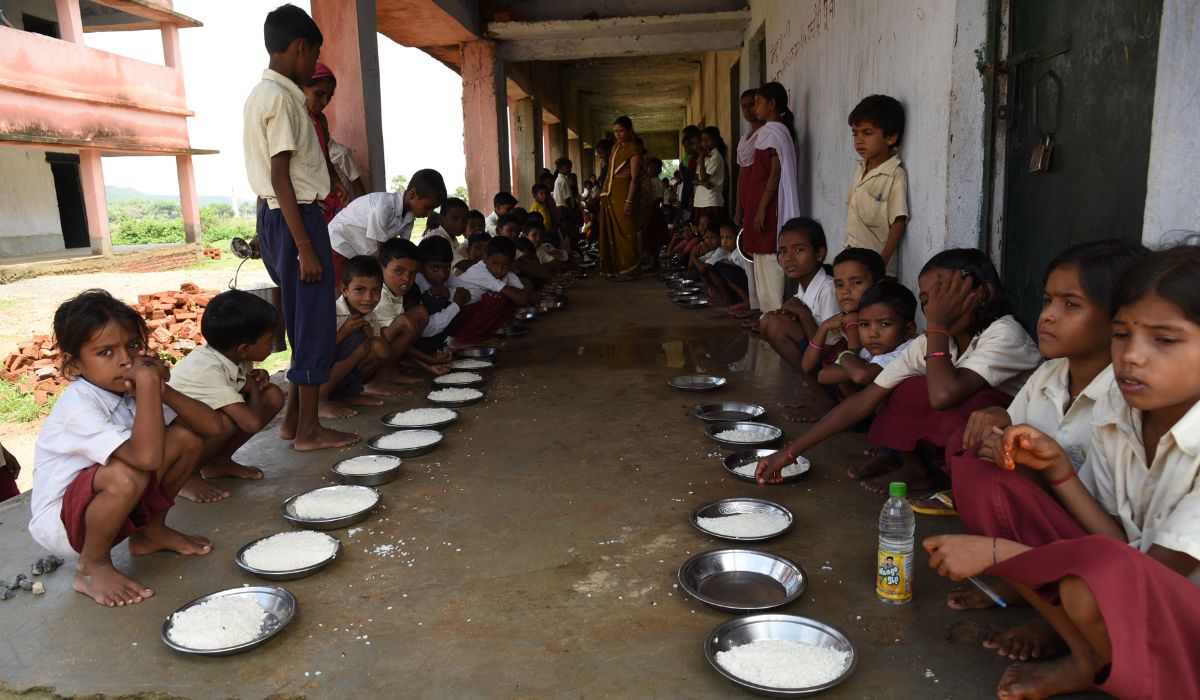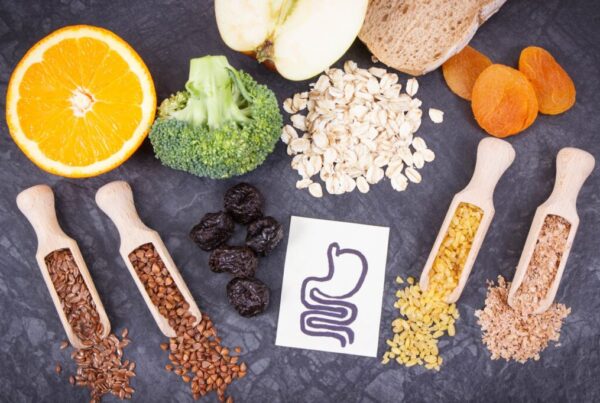India, with its vast and diverse population, has long grappled with malnutrition and food insecurity, particularly among children. To address these challenges, the government has implemented various initiatives to ensure that every child receives adequate nutrition to thrive and build a healthy future. Here’s an in-depth look at these programs, their impact, and the road ahead.
The Mid-Day Meal Scheme: A Lifeline in Schools
The Mid-Day Meal Scheme (MDMS), launched in 1995, remains one of India’s flagship programs for combating malnutrition. The scheme provides free lunches to children in government and government-aided schools, ensuring they receive at least one nutritious meal a day. It serves as both a nutritional intervention and an incentive for children to attend school.
Key features of the scheme include:
– Nutritional Goals: The meals are designed to meet at least one-third of the daily caloric requirement and half of the protein requirement of children.
– Local Sourcing: Ingredients are often sourced locally, promoting regional flavors and supporting local farmers.
– Community Participation: Mothers’ groups and local organizations are involved in meal preparation to ensure quality and hygiene.
This program has had a remarkable impact, increasing school enrollment, particularly among girls, and improving nutritional outcomes in underserved communities.
The Integrated Child Development Services (ICDS)
Launched in 1975, the ICDS program targets children under six years of age, pregnant women, and lactating mothers. It operates through a network of anganwadi centers that provide:
– Supplementary Nutrition: Nutrient-rich meals tailored to the needs of young children.
– Health Check-ups and Immunization: Preventing diseases and monitoring growth.
– Nutrition and Health Education: Empowering mothers to make informed dietary choices.
With over 13 lakh anganwadi centers across the country, ICDS plays a crucial role in bridging the nutritional gap in rural and urban areas alike.
Poshan Abhiyaan: Mission Malnutrition-Free India
The government launched Poshan Abhiyaan (National Nutrition Mission) in 2018, aiming to reduce stunting, wasting, anemia, and low birth weight among children. This multi-ministerial program emphasizes:
– Behavioral Change: Awareness campaigns on breastfeeding, complementary feeding, and balanced diets.
– Technology Integration: Monitoring real-time data through mobile apps to track progress.
– Convergence: Aligning various schemes like ICDS, Janani Suraksha Yojana, and Swachh Bharat Abhiyan for holistic impact.
Challenges and the Road Ahead
While these programs have made significant strides, challenges persist. Reports indicate issues like meal quality, irregular supply, and lack of infrastructure in some areas. Additionally, the COVID-19 pandemic disrupted many services, highlighting the need for robust systems to ensure uninterrupted support.
Moving forward, the government must focus on:
– Enhanced Funding: Allocating adequate resources to meet the growing demands of the population.
– Better Monitoring: Ensuring transparency and accountability in implementation.
– Community Involvement: Encouraging grassroots participation to adapt programs to local needs.
India’s commitment to improving child nutrition through government programs has yielded promising results, but the journey is far from over. By strengthening existing initiatives and addressing persistent challenges, the nation can ensure a brighter, healthier future for its children. After all, as the saying goes, “A healthy child is the foundation of a strong nation.”




